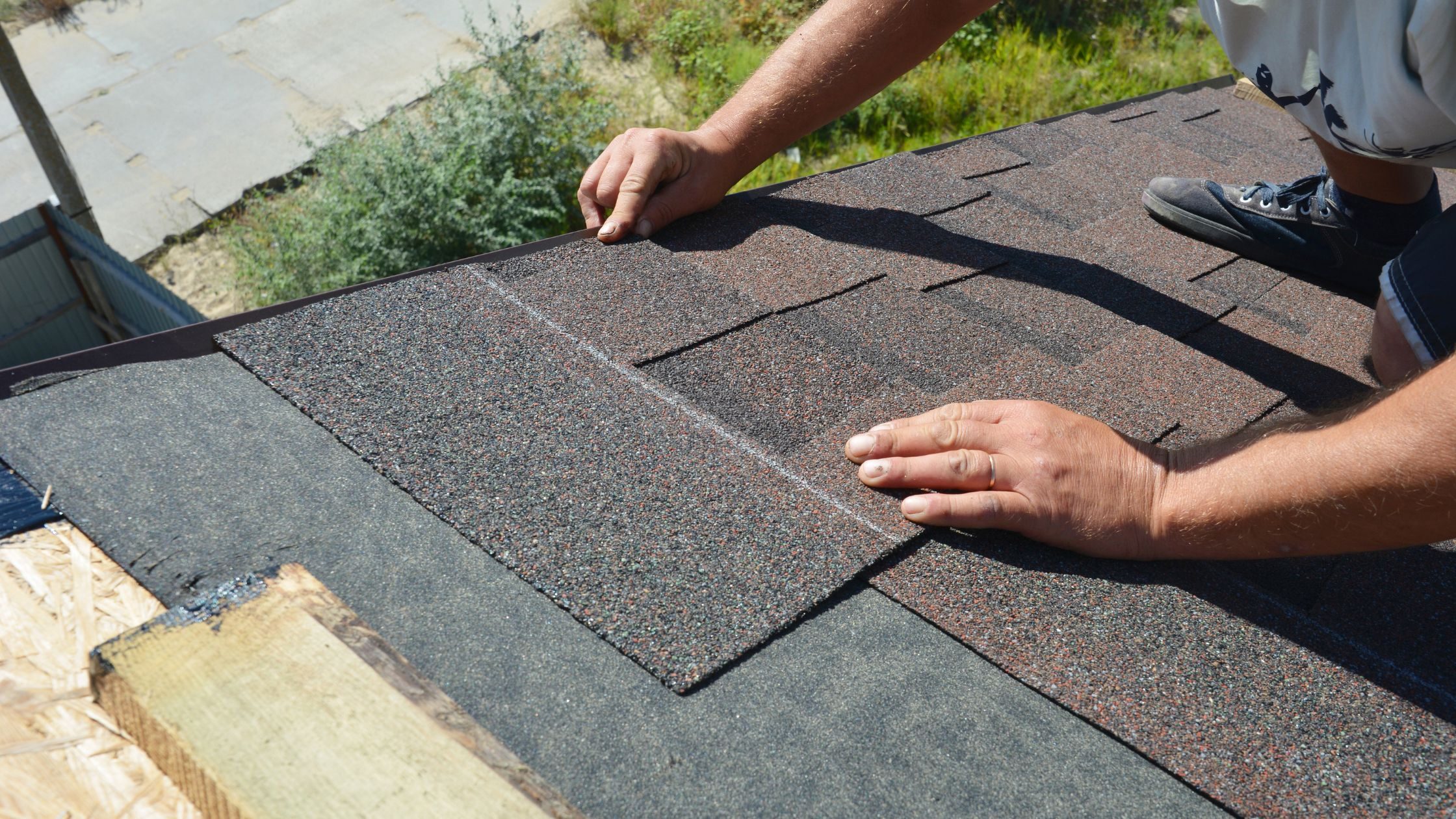- Identify the signs that indicate whether your roof needs repair, patching, or replacement.
- Learn how roof age and the extent of damage affect your roofing decisions.
- Discover how maintaining your roof enhances your home’s curb appeal and prevents issues like a leaky roof.
Your roof is a critical component of your home’s structure, providing protection from the elements and significantly contributing to its overall curb appeal. Over time, factors such as roof age, environmental wear, and unforeseen damage can compromise its integrity. Homeowners often face the dilemma of deciding whether to repair, patch, or replace their roofing system. Understanding the appropriate course of action is essential for maintaining your home’s safety and aesthetic value.
Assessing Roof Damage
The first step in making an informed decision is to extensively assess the nature of the damage. Common issues include missing or damaged shingles, leaks, and visible wear and tear. For instance, if you notice water stains on your ceiling, it could indicate a leaky roof, which requires prompt attention to prevent further structural damage.
Beyond these visible signs, be mindful of how long you’ve had your roof. The roof age often determines whether it’s worth investing in repairs or opting for a full replacement. If your roof is over 20 years old, it may be nearing the end of its lifespan, especially if it’s made of asphalt shingles.
When to Repair Your Roof
Minor damages, including a few missing shingles or small leaks, can be addressed through repairs in most cases. Acting quickly can prevent these issues from escalating and potentially save you money in the long run.
Repairing is typically suitable when:
- The damage is confined to a small area.
- The roof age is relatively young, and the overall condition is good.
- The damage is due to a specific, isolated incident, like a fallen branch.
Addressing minor issues promptly can extend the lifespan of your roof and maintain your home’s curb appeal. For homeowners looking to keep repair costs low, acting swiftly is essential to avoid further complications. Delays can lead to additional expenses, as small issues can grow into larger, more expensive problems.
When to Patch Your Roof
Patching is a viable solution when dealing with localized damage, such as a small puncture or hole. This approach involves fixing the affected area without altering the surrounding roofing materials.
Patching is appropriate when:
- The damage is localized and not widespread.
- The surrounding roofing materials are in good condition.
- The roof age suggests it has many years of service left.
It’s important to ensure that the patching materials are compatible with the existing roof to maintain uniformity and effectiveness. For instance, replacing a small area with mismatched shingles or tiles could detract from your home’s curb appeal. A well-executed patch, on the other hand, restores the roof’s function and appearance.
When to Replace Your Roof
A full roof replacement, or re-roofing, becomes necessary under certain conditions:
- Extensive Damage: When a significant portion of a roof is damaged, replacement is more cost-effective than multiple repairs.
- Advanced Roof Age: Roofs nearing the end of their expected lifespan (typically 20-25 years for asphalt shingles) should be considered for replacement to avoid frequent issues.
- Frequent Leaks: Persistent leaks indicate underlying problems that patching or repairs cannot resolve.
- Structural Concerns: Sagging or other structural issues necessitate a comprehensive approach to ensure safety.
Replacing your roof not only addresses existing problems but also enhances your home’s curb appeal and can increase its market value. If you’re considering selling your home, a new roof can be a valuable investment, making your property more attractive to potential buyers.
Factors Influencing the Decision
Several factors should be considered when deciding between repair, patching, or replacement:
- Cost: While repairs and patching are less expensive upfront, they may not be cost-effective in the long run if issues persist. Replacement has a higher initial cost but can save money over time.
- Material Type: Different roofing materials have varying lifespans and durability. Understanding your roof’s material helps in making an informed decision.
- Future Plans: When selling a home, a new roof can enhance curb appeal and attract potential buyers. On the other hand, repairs might suffice if you plan to stay in your home and the damage is minimal.
In addition, consider how weather conditions in your area may influence your decision. Frequent storms or extreme heat can accelerate wear and tear, making replacement a more practical choice for maintaining your home’s structural integrity.
Deciding whether to repair, patch, or replace your roof depends on the extent of damage, roof age, and your long-term plans for the property. Your roof needs regular maintenance and prompt attention to issues to preserving your roof’s integrity and your home’s curb appeal. Consulting with professionals can provide personalized advice tailored to your specific situation.
For personalized advice and professional roofing services, contact Jack C. Wilson Roofing Co. Our experienced team is ready to assist you in making the best decision for your home’s roofing needs.


